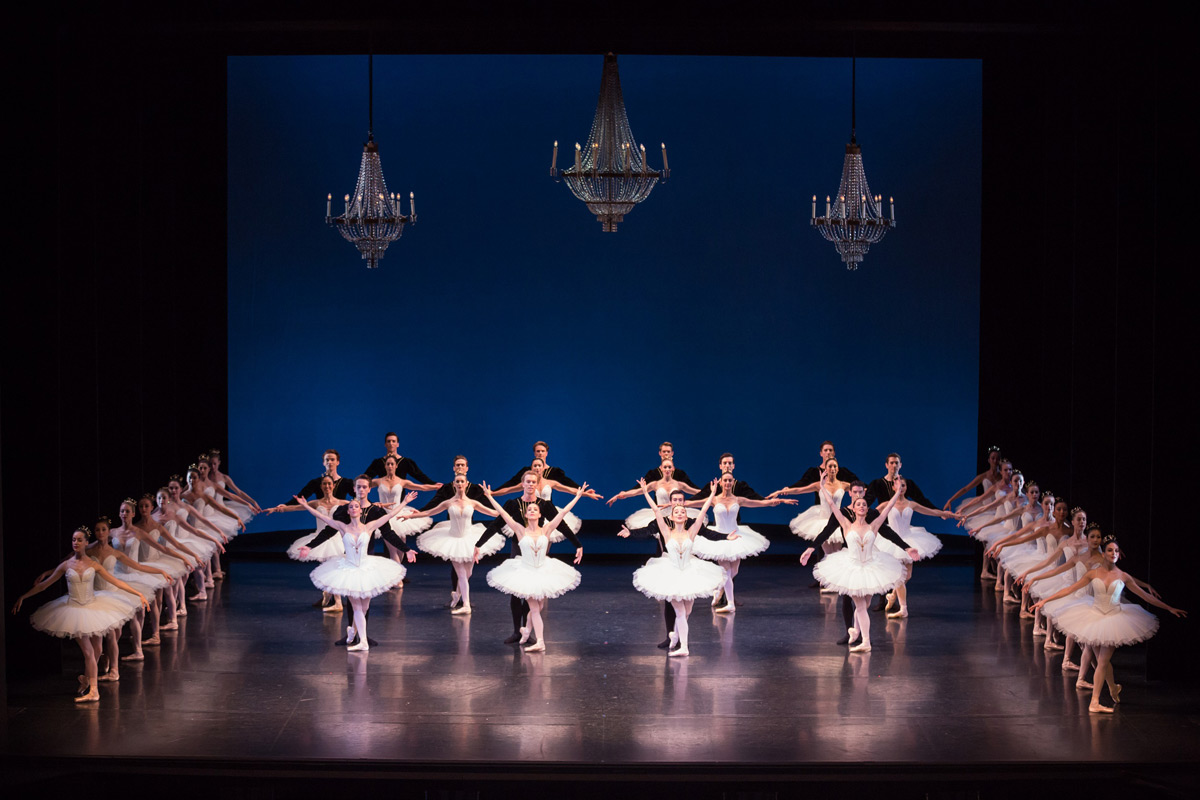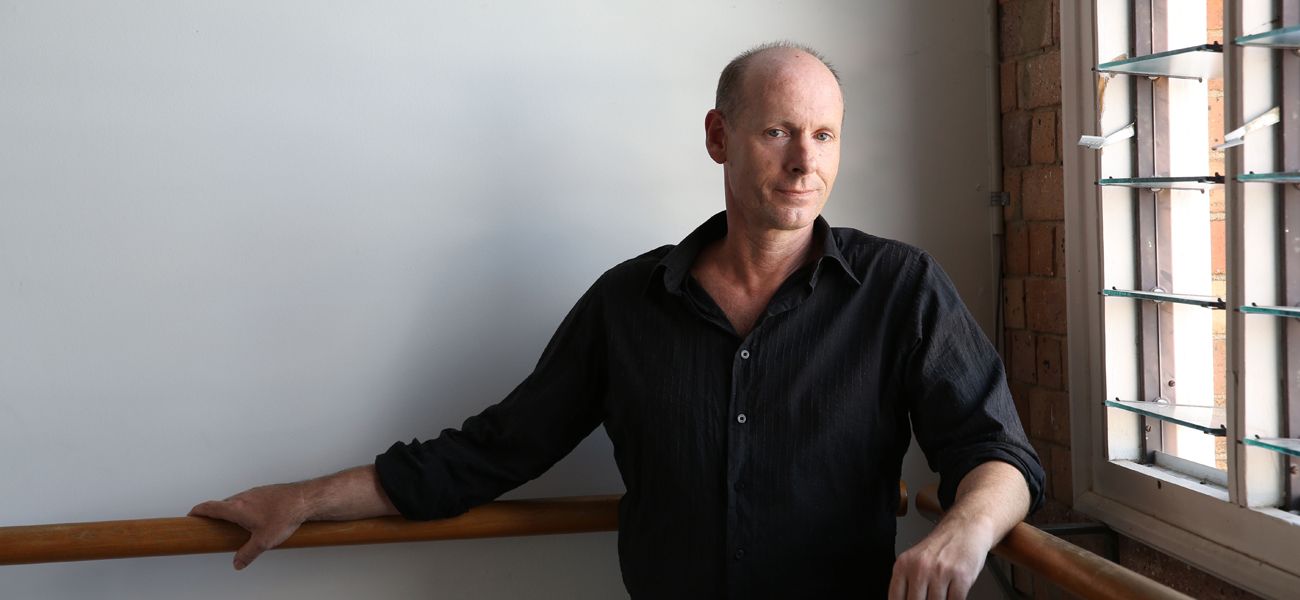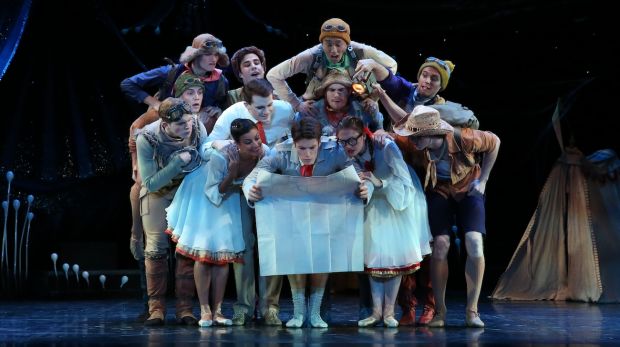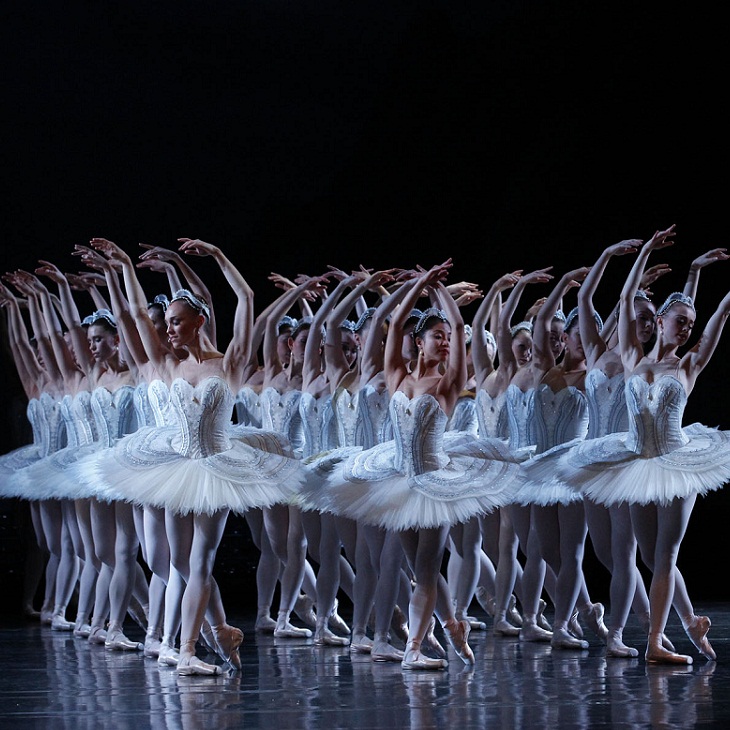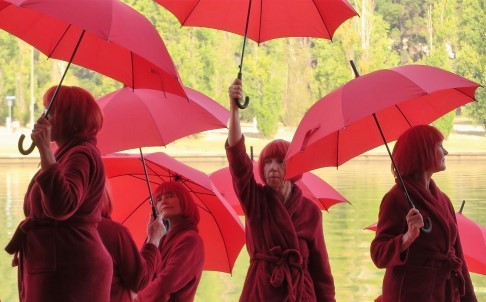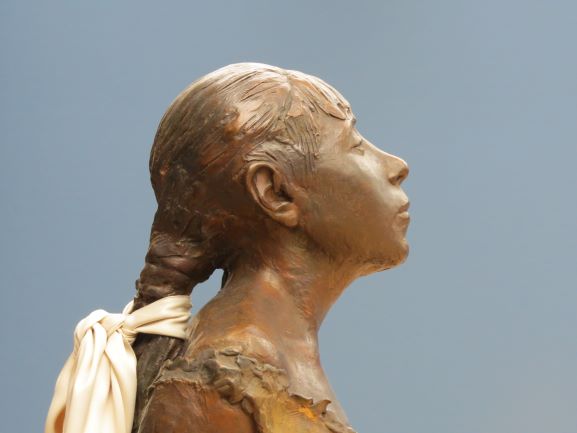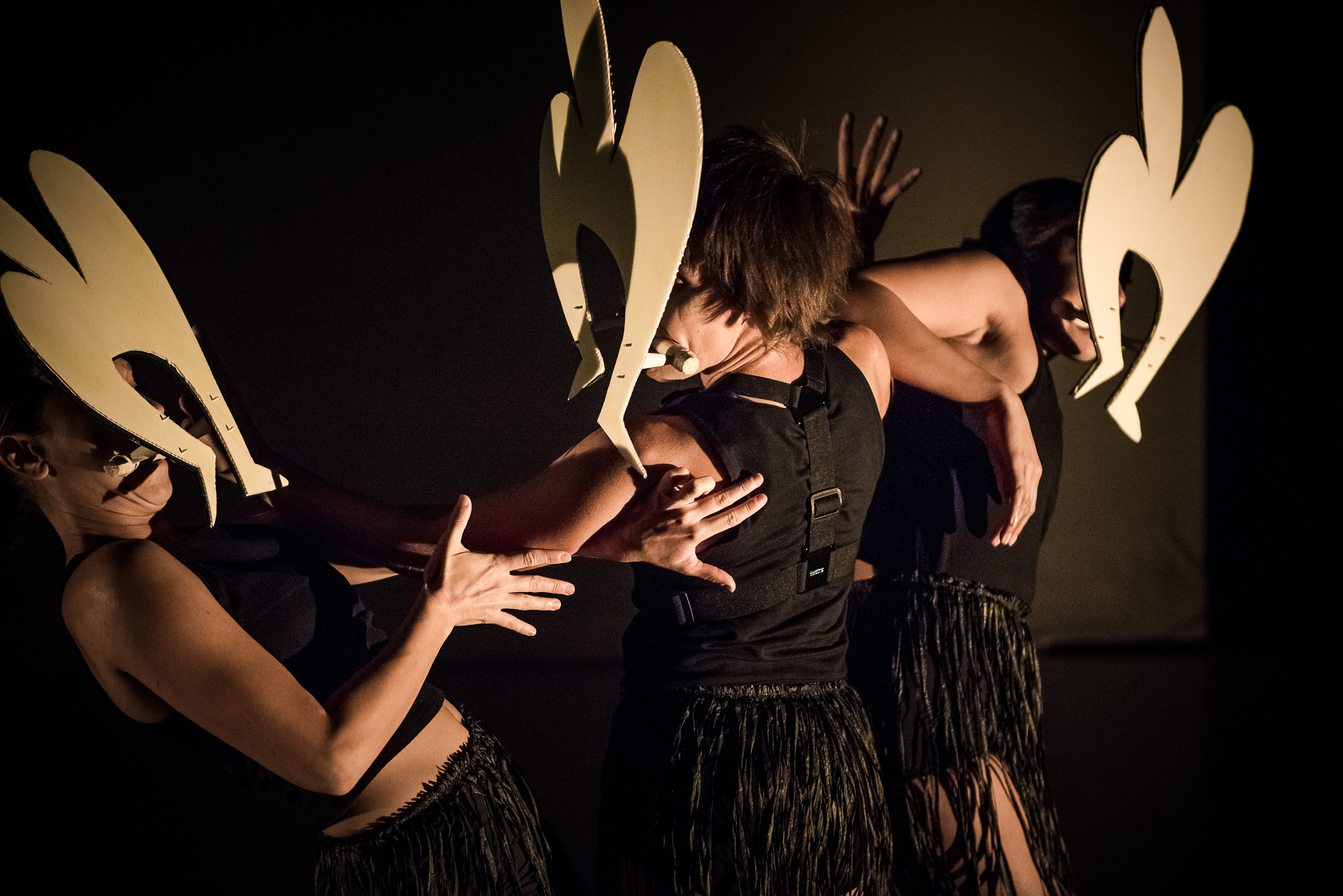
Keir Choreographic Award. Finals 2016
7 May 2016, Carriageworks, Eveleigh (Sydney) There is no doubt that the Keir Choreographic Award,* generously sponsored by the Keir Foundation, is a major opportunity for emerging choreographers to make a mark on the contemporary dance scene. A packed Carriageworks venue last Saturday suggested that there is also more than a passing interest in the outcome of this award. And

